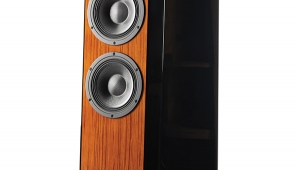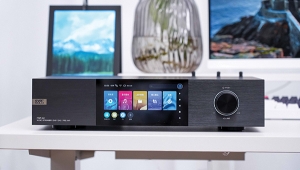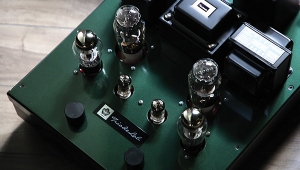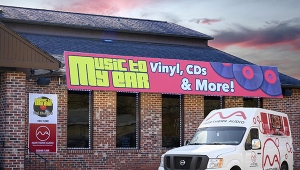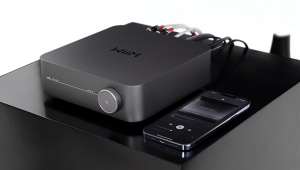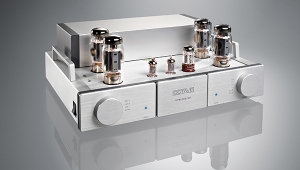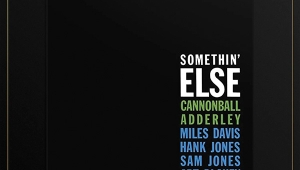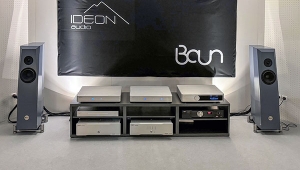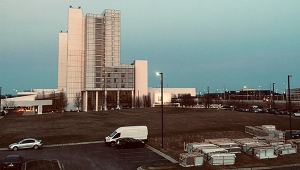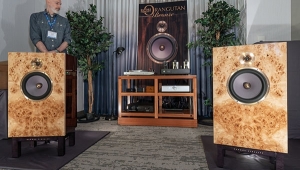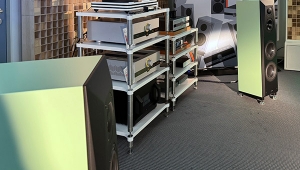| Columns Retired Columns & Blogs |
RSL Speedscreen II loudspeaker Measurements
Sidebar 2: Measurements
I use a mixture of nearfield, in-room, and quasi-anechoic FFT techniques (using the MLSSA system from DRA Labs described elsewhere in this issue) to investigate objective factors that might explain the sound heard. The speakers' impedance phase and amplitude were measured using the magazine's Audio Precision System One.
Looking first at the Speedscreen's impedance, its magnitude (solid line) and phase (dashed line) are shown in fig.1. Only dropping below 6 ohms in the presence region, this is an easy load for any amplifier to drive. The tuning is of the passive radiator is a low 28Hz, suggesting good subjective bass extension.
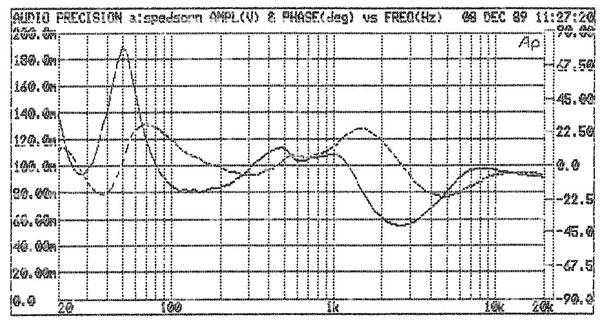
Fig.1 RSL Speedscreen II, electrical impedance (solid) and phase (dashed) (2 ohms/vertical div.; note that the phase angle is inverted in this graph).
In the time domain, the Speedscreen had a relatively complicated response. Figs.2 & 3 show the anechoic impulse and step responses on the midrange driver axis—which is where my chair places my ears—as calculated by MLSSA. This is equivalent to the anechoic response shown on the right of fig.4: note the rather high level of the woofer compared with the midrange and the overall rising response in the treble, which is ameliorated when you sit to the side; the Speedscreens do, therefore, need to be fired straight ahead rather than toed-in to the listening seat. (The sharp rolloff above 20kHz should be ignored; it is due to MLSSA's anti-aliasing filter.)
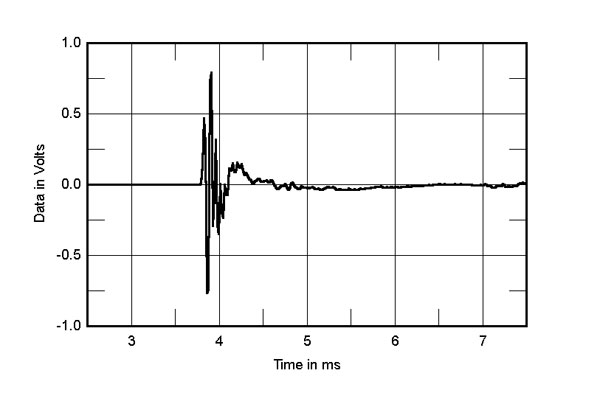
Fig.2 RSL Speedscreen II, impulse response on listening axis at 48" (5ms time window, 30kHz bandwidth).
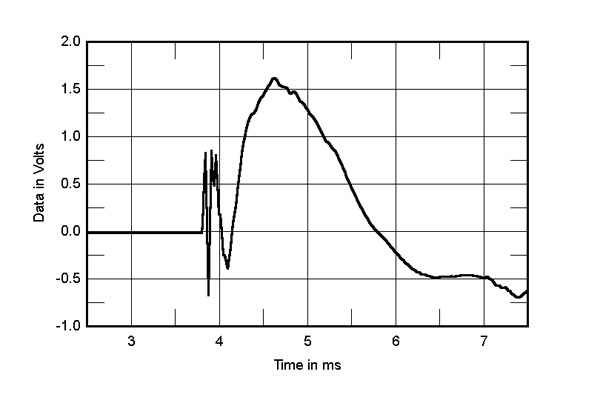
Fig.3 RSL Speedscreen II, step response on listening axis at 48" (5ms time window, 30kHz bandwidth).

Fig.4 RSL Speedscreen II, anechoic response on listening axis at 48", with nearfield woofer and passive radiator responses.
As suggested by the auditioning, the dip centered on 4kHz is listening-height–dependent; fig.5, taken on the ribbon-tweeter axis, is considerably smoother in the high treble, reinforcing my earlier conclusion that the listener shouldn't sit too low.
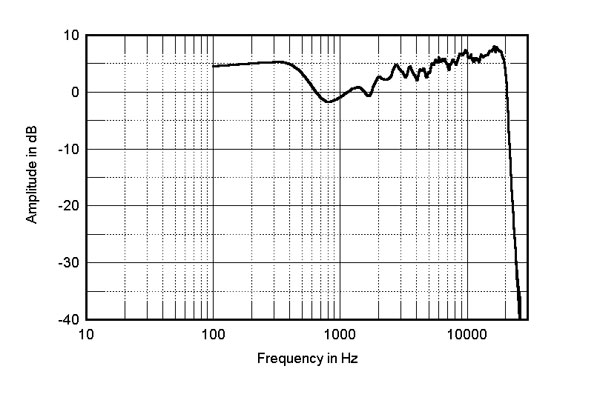
Fig.5 RSL Speedscreen II, anechoic response on ribbon tweeter axis at 48".
The left of fig.4 shows the responses of the woofer and passive radiator, measured in the nearfield. The woofer appears to be well-damped, and reaches its half-power point at 38Hz; the passive radiator covers almost the entire bass range, from 20Hz to 100Hz. It is difficult to infer from these nearfield measurements how they translate into subjective bass performance, which is why I also carry out spatially averaged in-room response measurements. Fig.6 indicates that the bass, though extended down to an excellent 30Hz, is actually shelved-down overall compared with the midrange, as suggested by the auditioning. The passive bass radiator doesn't quite provide sufficient support of the woofer, in my opinion. Apart from the slight lack of energy around 2kHz, however, the entire midrange and treble balance in-room is extremely flat.

Fig.6 RSL Speedscreen II, spatially averaged, 1/3-octave response in JA's Santa Fe room.
Looking at the MLSSA-derived "waterfall" display (fig.7) of the Speedscreen output on the midrange axis, it can be seen that the output of the ribbon tweeter in general dies away very rapidly, there being only a suggestion of resonant behavior. The Foster midrange driver, however, doesn't seem to be particularly well-behaved, there being a series of resonances noticeable throughout its passband. While these may not be high enough in level to significantly color this driver's passband, other than adding a slight "quack," they could well correlate with my feeling that the Speedscreen could sound too "hard" when driven to highish levels, particularly on female voice.

Fig.7 RSL Speedscreen II, cumulative spectral-decay plot on listening axis at 48" (0.15ms risetime).
I couldn't find any measured aberration that would correlate with the "phasiness" noted in the lower mids, but I did find that the baffle and rear panel had significant resonant modes between 230 and 250Hz, at 280Hz, and at 345Hz. These might well tie in with the subjective "gruffness" that I noted on the sound of the cello.—John Atkinson
- Log in or register to post comments


